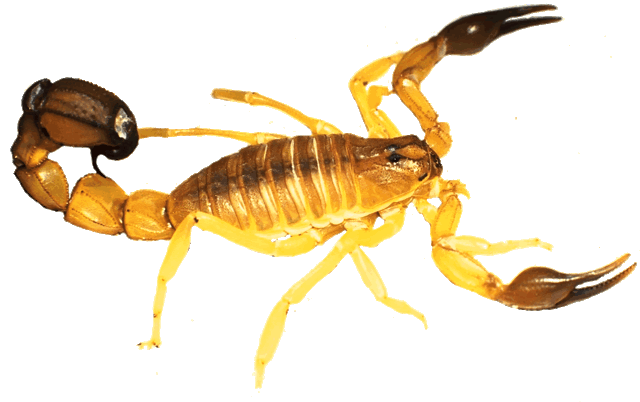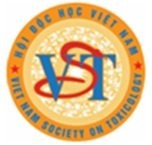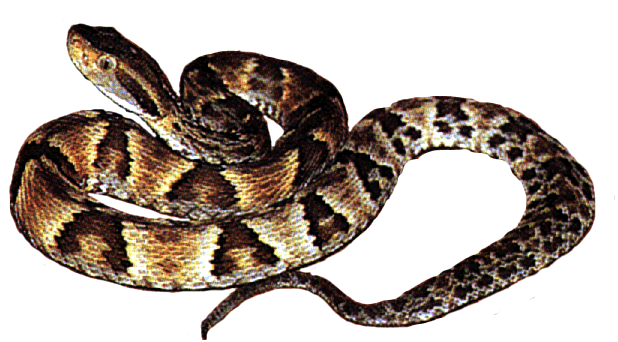Graduating from Hanoi Medical University in 1974, Dr. Kiem worked at Department I of the Ministry of Health and then went to the South to work as a lecturer at Ho Chi Minh City University of Medicine and Pharmacy. In 1980, Dr. Kiem moved to become Head of the Department of Hematology and Blood Transfusion, Cho Ray Hospital. Since then, he painfully witnessed many people being hospitalized due to poisonous snake bites but could not do anything to help them. The reason was that at that time Vietnam had not yet prepared anti-venom serum (HTKN). Snakes in each region and each country have their own ecological characteristics, so patients need a specific serum and cannot use imported serum.
By 1990, determined to save lives, Dr. Kiem and his colleagues researched and prepared HTKN on their own under conditions of lack of equipment and finances. Research was so expensive that he had to sell his house. Another major obstacle to the work is that there has not been any complete research on venomous snakes in Vietnam. Therefore, the research team had to travel all over the country to survey poisonous snakes in each region. Survey results show that in Vietnam there are two families of venomous snakes: the cobra family (earth tigers, cat tigers, cobras, king tigers, kraits, kraits…) and the viper family (the most common is the snakehead snake). crow and green). The venom of the cobra family often causes neuromuscular paralysis while the viper venom causes hemostatic coagulation disorders (patients bleed to death).
It is estimated that in Vietnam, up to 30,000 people are bitten by snakes each year, of which 2/3 are poisoned. They are foresters, farmers, new economic workers, etc. The only method to save the lives of patients infected with snake venom is to prepare venom-neutralizing antibodies or specific serum (for snake venom). each type of poisonous snake).
Initially, Dr. Kiem’s research team focused on preparing anti-venom serum for the two most common venomous snakes in the South: earth tiger (Southwest) and chom quac (Southeast). According to statistics, the rate of patients bitten by cobra is 30% while the rate of patients bitten by cobra is approximately 25%. To prepare serum, they take snake venom and process it so that the venom is no longer toxic but still retains its antigenic properties. Next, the venom is injected into the horse’s body to stimulate the horse’s immune system to produce antibodies according to the prescribed process. After a while, the horse’s blood is siphoned off to get the antibodies and finally purified into a serum that neutralizes snake venom. The job of extracting snake venom is quite dangerous and there was a time when Dr. Kiem was bitten on the hand by a crow.
Anti-venom serum… attracts investment!
The turning point occurred in 1991 when patient Le Quang Truong, 16 years old, in Dong Nai was bitten by a cobra and was in a coma for 58 hours. It is known that the Department of Hematology and Blood Transfusion is testing HTKN, so Truong’s family begged to use it, with the hope of saving lives. Based on scientific basis and firm belief in research results, doctor Trinh Kim Anh, then Director of Cho Ray Hospital, decided to allow the use of the serum under research. After two hours of receiving the HTKN infusion, Truong regained consciousness. Thus, Truong is the first snakebite patient in Vietnam to be saved by the first type of serum prepared by domestic scientists. Currently, Truong is working as a PhD student in the UK.
By 1993, the Ministry of Health allowed Cho Ray Hospital to conduct research and produce HTKN. In 1995, HTKN was approved for clinical use there. In fact, southern provinces, including Bach Mai hospital, also ask for medicine from Cho Ray to treat patients. In July 2003, Dr. Kiem’s research team was granted a patent by the Intellectual Property Office on the technological process of anti-venom serum for cobras and snakes. Currently, Dr. Kiem is applying for a project to perfect the technology for producing cobra and cobra snakeskin medicine to be able to produce pharmaceutical products on a larger scale to serve the community in 2007.
Not stopping at the above successes, Dr. Kiem’s research team has continued to research the scorpion snake skin system since 1999 and has used it on patients. The rate of patients bitten by scorpions accounts for 3-5%. After that, seeing that the king cobra was also very dangerous, Dr. Kiem asked to carry out a research project on preparing HTKN for the king cobra. King cobra HTKN was born in 2002 and currently Dr. Kiem continues to perfect production technology at the National Poison Control Center (Bach Mai Hospital-Hanoi), where he is working. His intention is to prepare HTKN of all types of venomous snakes in Vietnam to reduce the number of deaths due to snake bites. It is estimated that the cost of the HTKN he produces is only about 200,000-300,000 VND/bottle, 50 times cheaper than serum from other countries.
A lot of good news came to Dr. Kiem earlier this year when Taiwan confirmed that it would sponsor more than 1 million USD in the period 2005-2010 to help Vietnam produce HTKN. Some American universities, such as the University of Southern California, also offered to cooperate with him to research snake venom to create cancer treatment drugs. He confided that his greatest wish is to cooperate with foreign countries to establish a snake venom research laboratory to treat cancer because that will help the community more effectively and in the long term. Hopefully, with his passion for research and domestic and foreign sponsorship, Dr. Trinh Xuan Kiem will realize this dream.
Source: Nhan Dan Newspaper


